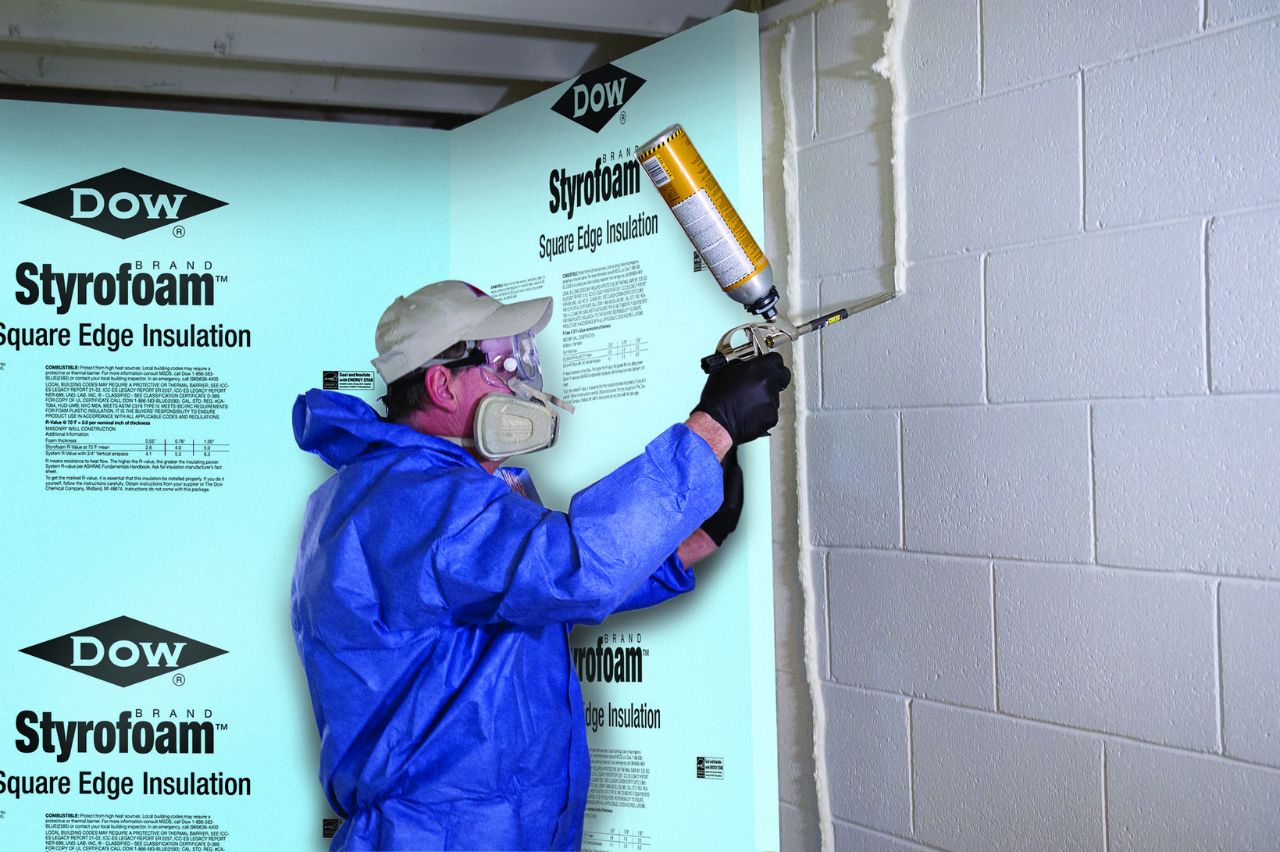

Articles
How To Install Foam Insulation Board
Modified: May 6, 2024
Learn how to install foam insulation board with our step-by-step articles. Enhance your home's insulation and energy efficiency.
(Many of the links in this article redirect to a specific reviewed product. Your purchase of these products through affiliate links helps to generate commission for Storables.com, at no extra cost. Learn more)
Introduction
Installing foam insulation board is a great way to improve the energy efficiency and comfort of your home. Foam insulation boards provide excellent thermal insulation and can help reduce heating and cooling costs. Whether you are insulating a new construction or looking to upgrade the insulation in your existing home, this article will guide you through the step-by-step process of installing foam insulation boards.
Before we dive into the installation process, let’s take a look at the materials you will need for this project.
Key Takeaways:
- Proper preparation, accurate measurements, and secure installation are crucial for successful foam insulation board installation. Sealing joints and finishing touches ensure a professional, energy-efficient home upgrade.
- Investing in foam insulation boards can lead to long-term energy savings and improved indoor comfort. Prioritize safety, follow instructions, and consider professional guidance for a reliable installation.
Materials Needed
Before you start installing foam insulation boards, make sure you have the following materials:
- Foam insulation boards: These are available in various thicknesses and sizes. Choose the appropriate boards based on your insulation needs and the dimensions of the area you plan to insulate.
- Adhesive: Look for a high-quality construction adhesive that is specifically designed for bonding foam insulation boards to various surfaces.
- Measuring tape: This will help you accurately measure and cut the foam insulation boards to fit the dimensions of the area.
- Straight edge or level: A straight edge or level is essential for making precise cuts on the foam insulation boards.
- Utility knife or foam saw: You will need a sharp utility knife or foam saw to cut the foam insulation boards to the desired size.
- Protective gear: Wear safety goggles, gloves, and a mask to protect yourself from any potential hazards during the installation process.
- Sealant: Use an appropriate sealant to seal the joints between the foam insulation boards, ensuring a tight and efficient seal.
- Caulking gun: A caulking gun will be required to apply sealant smoothly and evenly.
Now that you have gathered all the necessary materials, let’s move on to the step-by-step guide for installing foam insulation boards.
Step 1: Preparing the Surface
Before you begin the installation of foam insulation boards, it is important to properly prepare the surface where the boards will be attached. Follow these steps to ensure a clean and suitable surface:
- Clean the surface: Remove any debris, dirt, or dust from the surface where the foam insulation boards will be installed. Use a broom or vacuum cleaner to thoroughly clean the area.
- Repair any damage: Inspect the surface for any cracks, holes, or other damage. Fill in any gaps or repair the surface as needed to ensure a smooth and stable base for the insulation boards.
- Apply a vapor barrier (if necessary): If you are installing foam insulation boards on exterior walls or in areas prone to moisture, consider applying a vapor barrier before proceeding. This will help prevent water vapor from seeping into the walls and compromising the insulation.
- Ensure proper ventilation: If the area you are insulating requires proper ventilation, make sure there are adequate vents or openings in place to allow for airflow. Poor ventilation can lead to moisture buildup and potential damage to the insulation.
By taking the time to prepare the surface properly, you will ensure a strong and durable foundation for installing the foam insulation boards.
Step 2: Measuring and Cutting the Foam Insulation Boards
Once you have prepared the surface, it’s time to measure and cut the foam insulation boards to fit the dimensions of the area you are insulating. Follow these steps for accurate measurements and clean cuts:
- Measure the area: Use a measuring tape to determine the height and width of the space where you will be installing the foam insulation boards. Take precise measurements to ensure a proper fit.
- Transfer the measurements: Mark the measurements on the foam insulation boards using a straight edge or level. Double-check your measurements before proceeding.
- Cut the boards: Carefully cut the foam insulation boards along the marked lines using a sharp utility knife or foam saw. Make smooth, even cuts to achieve clean edges.
- Trim as needed: If any adjustments need to be made, such as cutting around obstacles or fitting the boards into tight corners, use the utility knife or foam saw to trim the foam insulation boards accordingly.
- Make additional cuts if necessary: If the area you are insulating requires multiple foam insulation boards, repeat the measuring and cutting process for each board.
Remember to take your time and work slowly and carefully when cutting the foam insulation boards. Accurate measurements and precise cuts are essential for a successful installation.
Step 3: Applying Adhesive
After you have measured and cut the foam insulation boards, it’s time to apply the adhesive that will secure the boards to the prepared surface. Follow these steps to ensure proper adhesive application:
- Read the adhesive instructions: Before applying the adhesive, carefully read and follow the manufacturer’s instructions for proper usage and application.
- Prepare the adhesive: Depending on the type of adhesive you are using, you may need to mix it or apply it directly from the container. Follow the instructions to properly prepare the adhesive.
- Apply the adhesive: Use a trowel or a notched trowel to evenly spread the adhesive onto the surface where the foam insulation boards will be installed. Make sure to cover the area fully and apply the adhesive in a consistent thickness.
- Work in small sections: To ensure the adhesive doesn’t dry before you can install the foam insulation boards, work in small sections at a time. Apply the adhesive to one section and move on to the next.
- Smooth out the adhesive: After applying the adhesive, use the flat side of the trowel to smooth it out. This will create an even surface for attaching the foam insulation boards.
It is crucial to follow the manufacturer’s instructions for the specific adhesive you are using. Improper adhesive application can compromise the effectiveness of the insulation and cause the foam insulation boards to detach over time.
When installing foam insulation boards, make sure to properly measure and cut the boards to fit tightly against each other and the surface. Use adhesive recommended by the manufacturer for best results.
Step 4: Installing the Foam Insulation Boards
With the adhesive applied, it’s time to install the foam insulation boards onto the prepared surface. Follow these steps for a successful installation:
- Start at one corner: Begin at one corner of the wall or area you are insulating. This will serve as your starting point for attaching the foam insulation boards.
- Press the board onto the adhesive: Place the cut foam insulation board onto the adhesive, aligning it with the edges and corners of the area. Press the board firmly against the adhesive to ensure a strong bond.
- Check for proper alignment: Use a level or straight edge to confirm that the first foam insulation board is straight and aligned correctly. Adjust if necessary.
- Continue installing the boards: Move on to the next foam insulation board and repeat the process, applying adhesive and pressing the board firmly onto the surface. Continue installing the boards in a row until you’ve covered the desired area.
- Leave space for expansion: When installing the foam insulation boards, make sure to leave a small gap (about 1/8 inch) between each board to allow for expansion and contraction.
- Secure the boards if needed: Depending on the size and weight of the foam insulation boards, you may need to use additional methods to secure them in place, such as screws or nails. Follow the manufacturer’s instructions for proper anchoring techniques.
Take your time during the installation process to ensure that each foam insulation board is securely attached to the surface. Proper alignment and correct placement will contribute to an effective insulation barrier.
Step 5: Sealing the Joints
Once the foam insulation boards are installed, it is essential to seal the joints to create a tight and efficient insulation barrier. Follow these steps to properly seal the joints:
- Inspect the joints: Carefully examine the seams between the foam insulation boards. Look for any gaps, cracks, or areas where the boards may not be fully aligned.
- Prepare the sealant: Select a sealant that is compatible with foam insulation boards and suitable for the specific application. Load the sealant into a caulking gun for easy application.
- Apply the sealant: Starting at one end of the seam, apply a thin bead of sealant along the joint between the foam insulation boards. Ensure that the sealant fills any gaps or cracks and creates a continuous seal.
- Smooth out the sealant: Use a caulk smoothing tool or your finger to smooth out the sealant and create a neat finish. Wipe away any excess sealant with a damp cloth.
- Continue sealing the remaining joints: Move along the seams between the foam insulation boards, applying sealant and smoothing it out until all joints are sealed.
- Allow the sealant to dry: Follow the manufacturer’s instructions to determine the drying time for the sealant. Avoid touching or disturbing the sealed joints until the sealant has fully cured.
Properly sealed joints will prevent air leakage and enhance the insulation performance of the foam insulation boards. Take the time to seal all the joints thoroughly for maximum energy efficiency.
Step 6: Finishing Touches
After completing the installation and sealing of the foam insulation boards, you can take a few final steps to ensure a polished and well-finished project. Consider these finishing touches:
- Clean up the area: Remove any adhesive residue, sealant drips, or debris from the installation. Use a damp cloth or sponge to gently clean the surface and surrounding areas.
- Inspect for any missed spots: Take a close look at the installed foam insulation boards to identify any areas that may have been missed during the installation or sealing process.
- Make necessary adjustments: If you notice any gaps, unevenness, or other imperfections, address them by applying additional sealant or making small adjustments to ensure a seamless and well-insulated surface.
- Consider covering the foam insulation boards: Depending on your preference and the aesthetic of the space, you may choose to cover the foam insulation boards with a decorative paneling, drywall, or other suitable materials.
- Test for effectiveness: Once the installation is complete, monitor the temperature and energy consumption in the area you have insulated. Look for improvements in insulation performance and energy efficiency.
By paying attention to these finishing touches, you can ensure a professional-looking installation and optimize the effectiveness of the foam insulation boards in providing thermal insulation.
Conclusion
Installing foam insulation boards is a practical and effective way to improve the energy efficiency and comfort of your home. By following the step-by-step guide outlined in this article, you can successfully install foam insulation boards and create a reliable insulation barrier.
Throughout the installation process, it is crucial to prepare the surface, measure and cut the boards accurately, apply adhesive properly, and securely install the foam insulation boards. Sealing the joints and paying attention to finishing touches will ensure a well-insulated space that can help reduce heating and cooling costs.
Remember to prioritize safety by wearing protective gear and following the manufacturer’s instructions for the materials and tools used. Properly installed and sealed foam insulation boards can provide long-lasting thermal insulation, improve indoor comfort, and contribute to a more energy-efficient home.
If you’re unsure about any step of the installation process, consult professional contractors or insulation experts who can provide guidance and expertise. When it comes to creating a comfortable and energy-efficient home, investing in foam insulation boards is a practical choice that can yield significant benefits in the long run.
Now that you've mastered installing foam insulation board, why not tackle more DIY home projects? Our comprehensive guide offers practical advice, creative solutions, and easy-to-follow instructions that will help you transform your space without breaking the bank. Whether you're looking to revamp a room or take on outdoor improvements, our tips will equip you with the skills needed for a range of projects. Get ready to give your home a personal touch and boost its value.
Frequently Asked Questions about How To Install Foam Insulation Board
Was this page helpful?
At Storables.com, we guarantee accurate and reliable information. Our content, validated by Expert Board Contributors, is crafted following stringent Editorial Policies. We're committed to providing you with well-researched, expert-backed insights for all your informational needs.
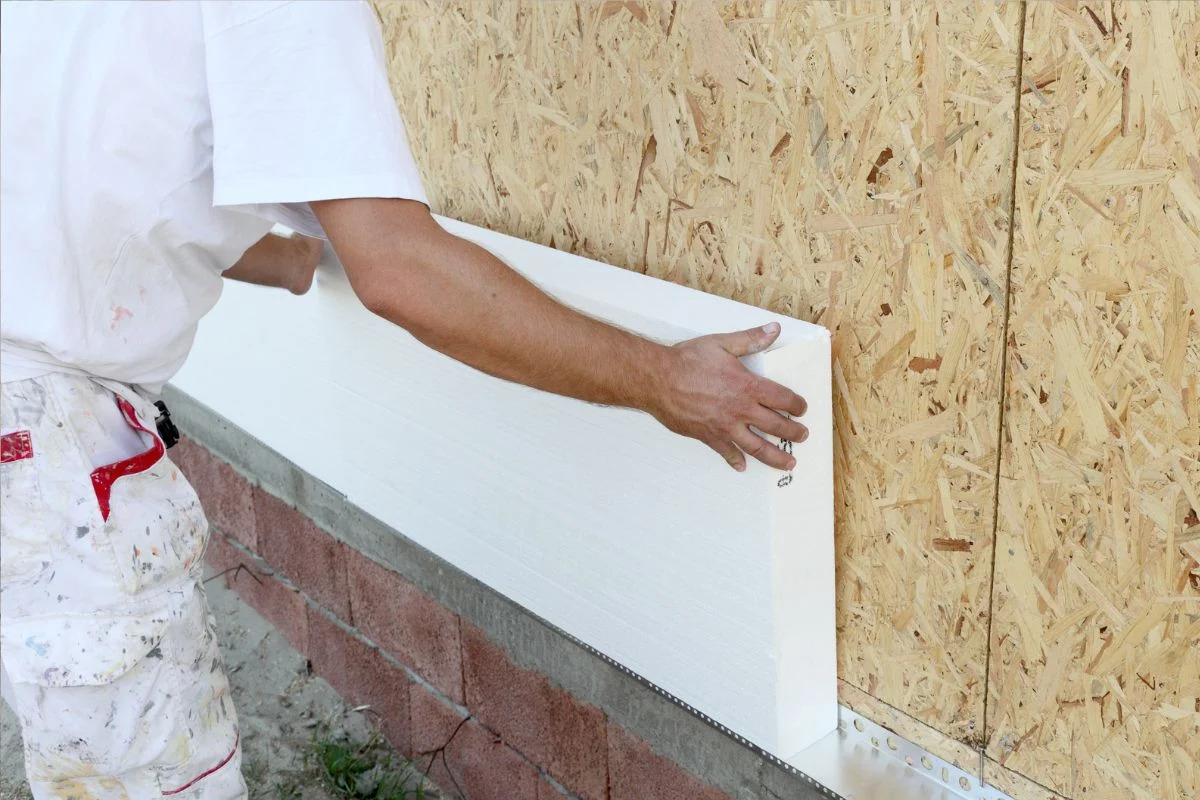
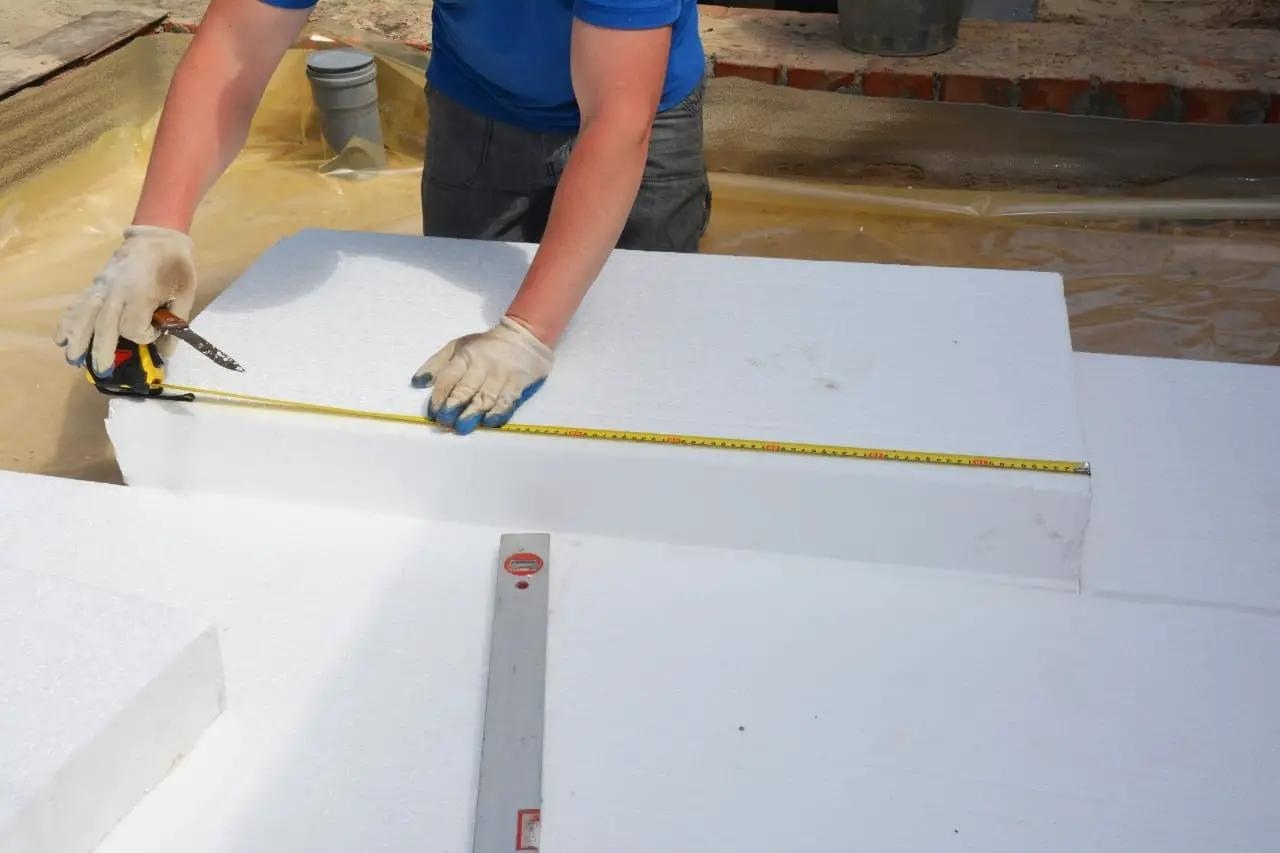
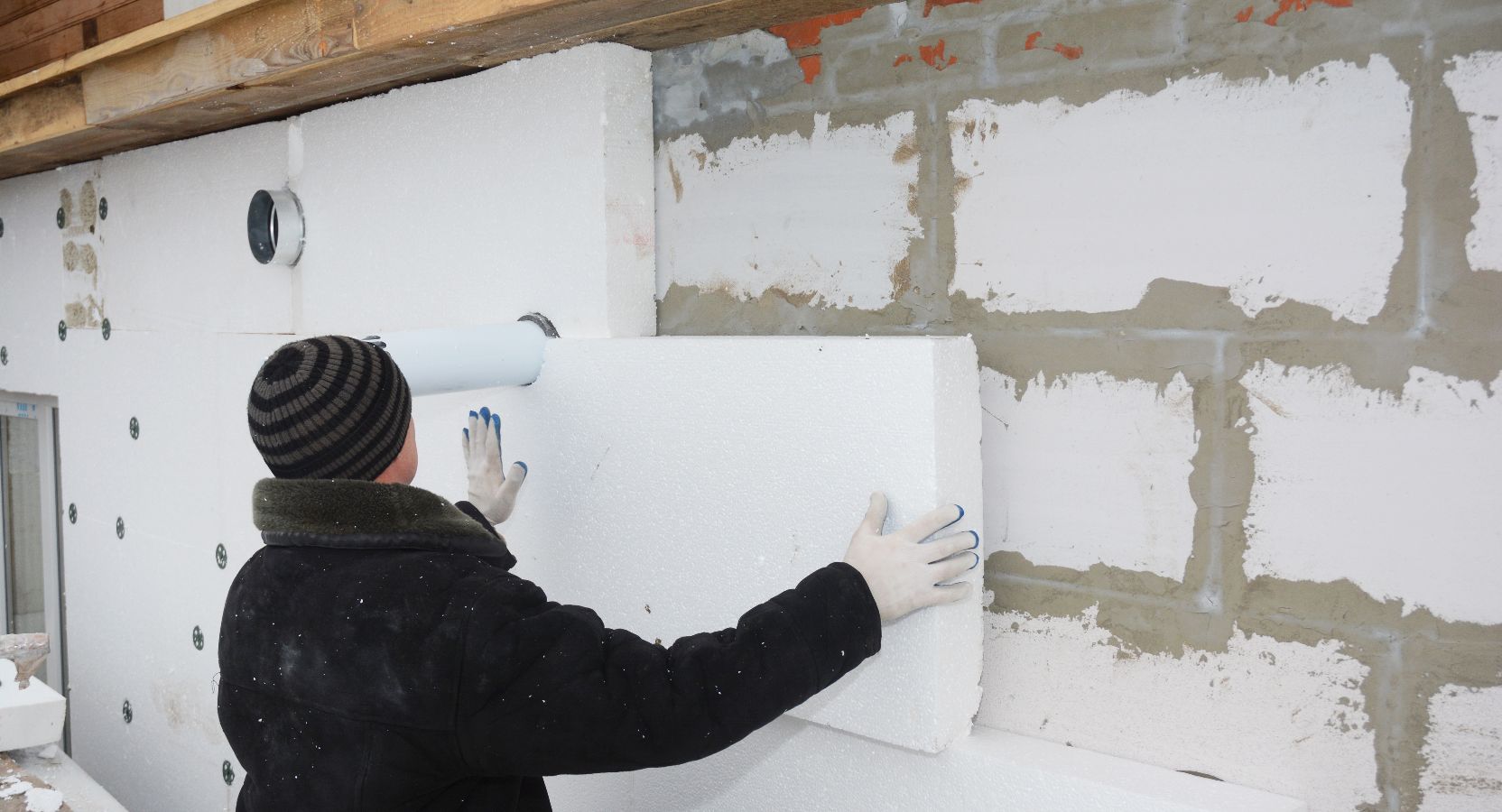
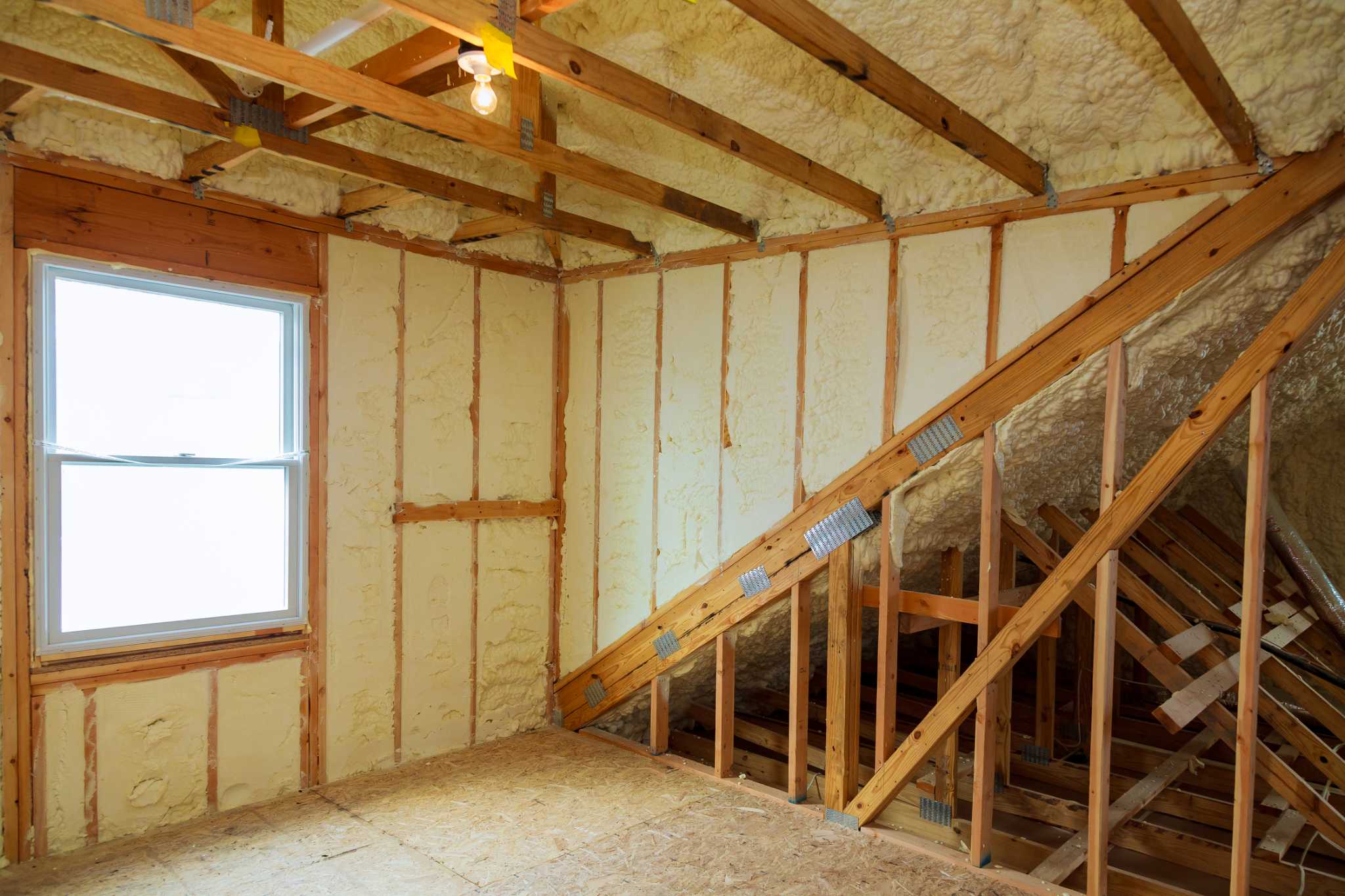
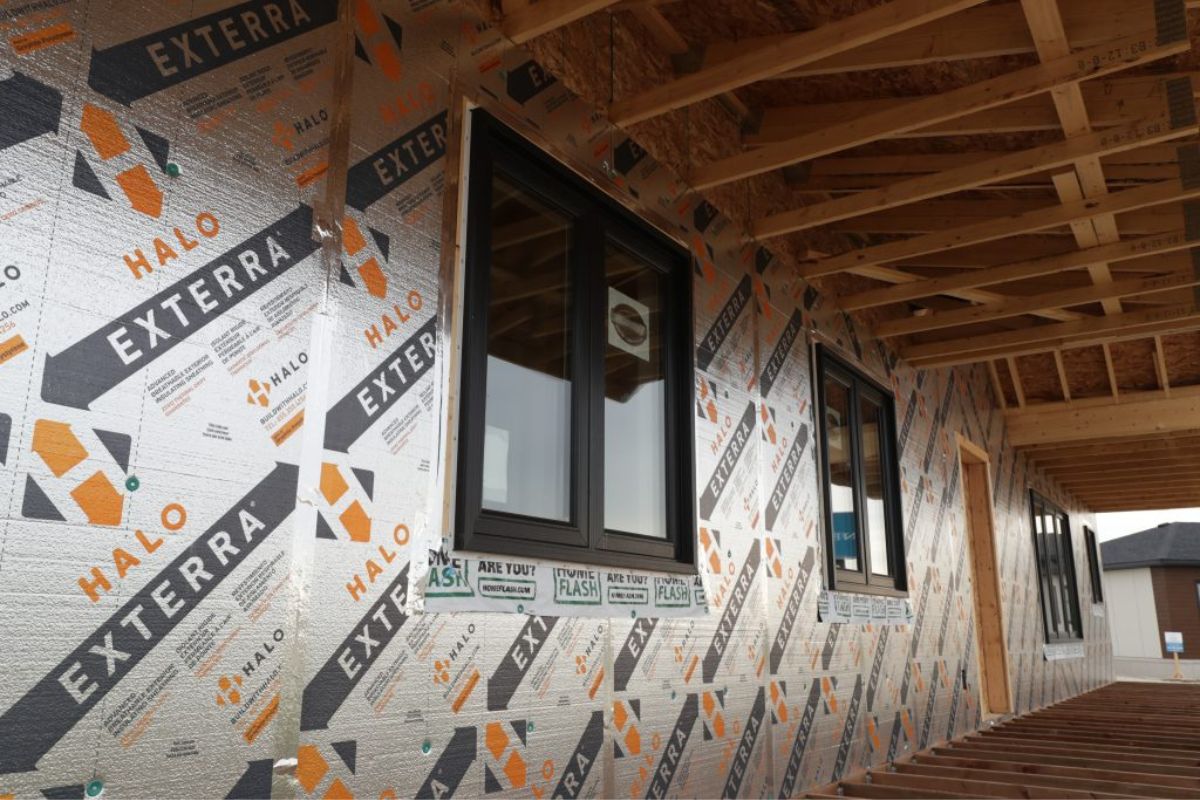
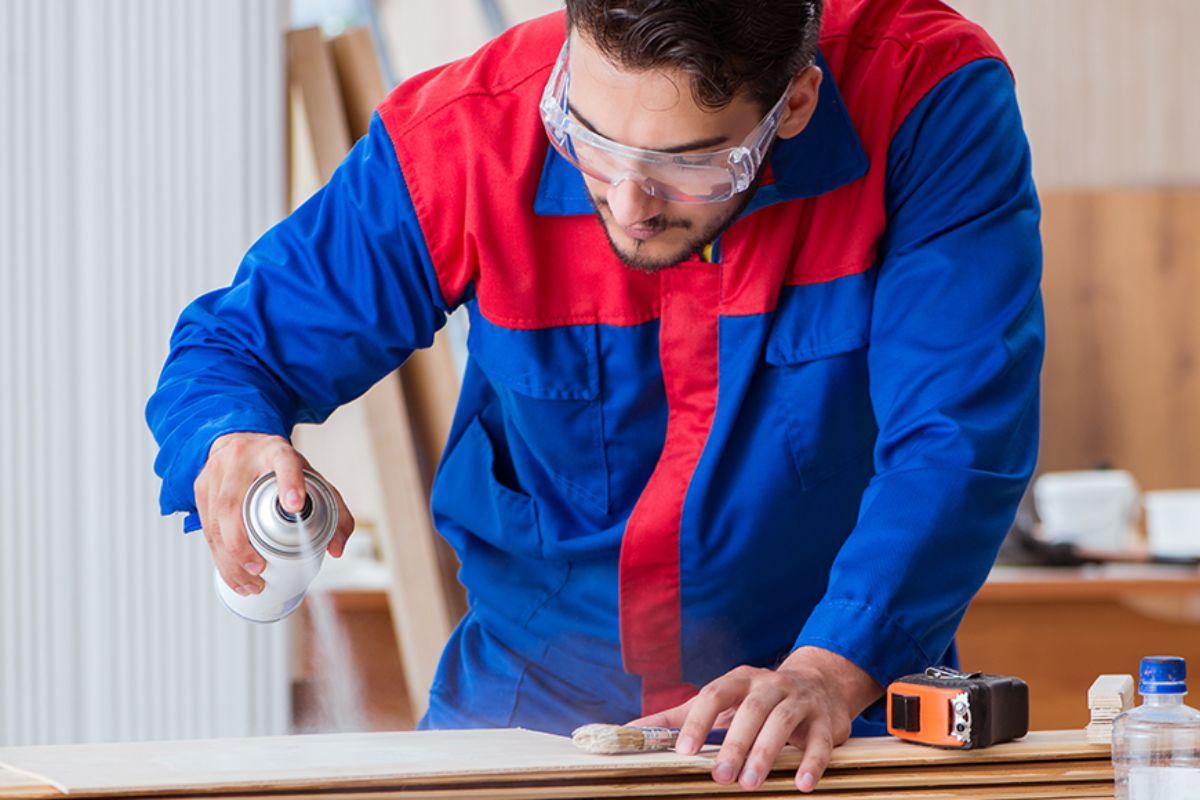
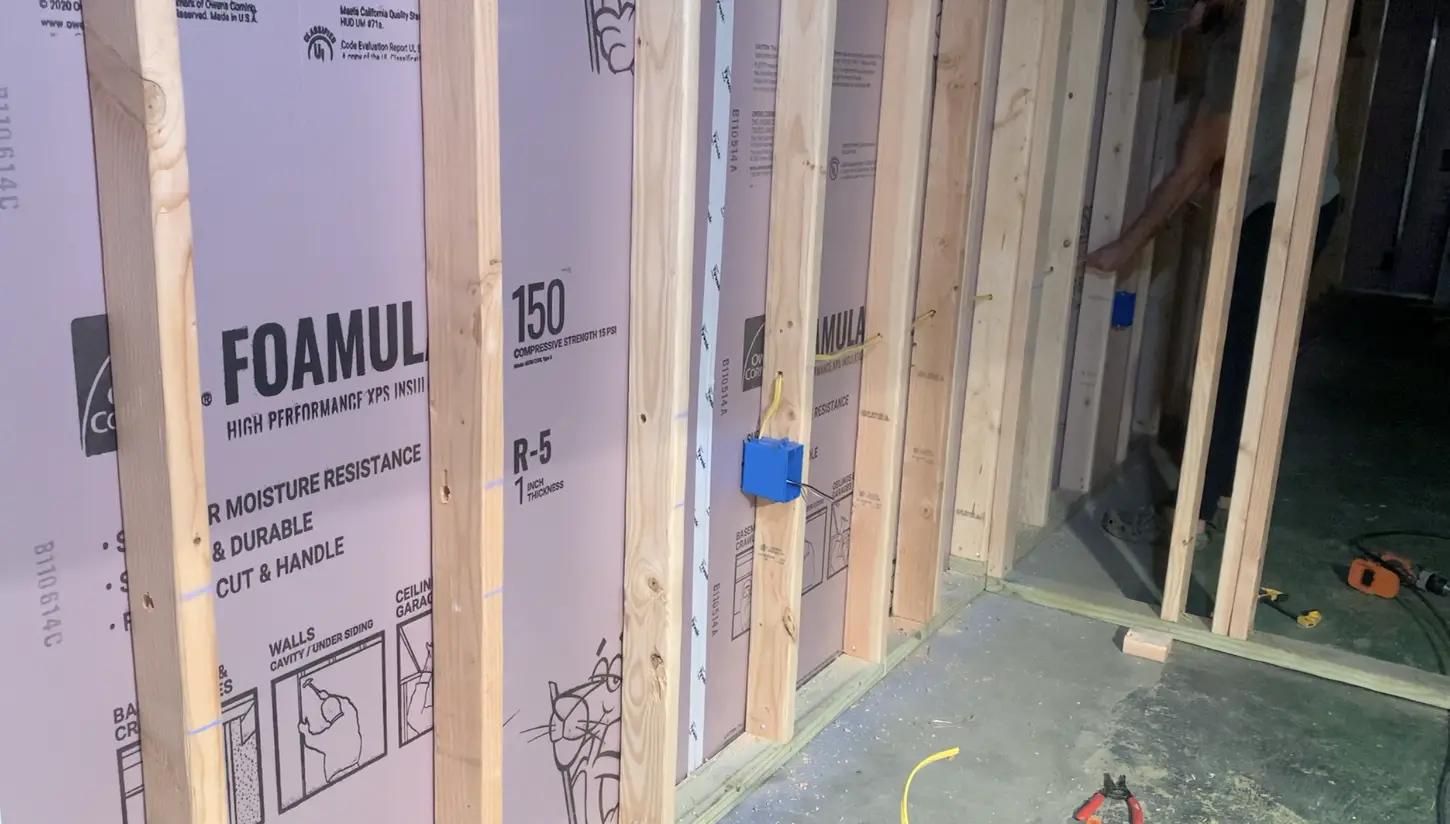
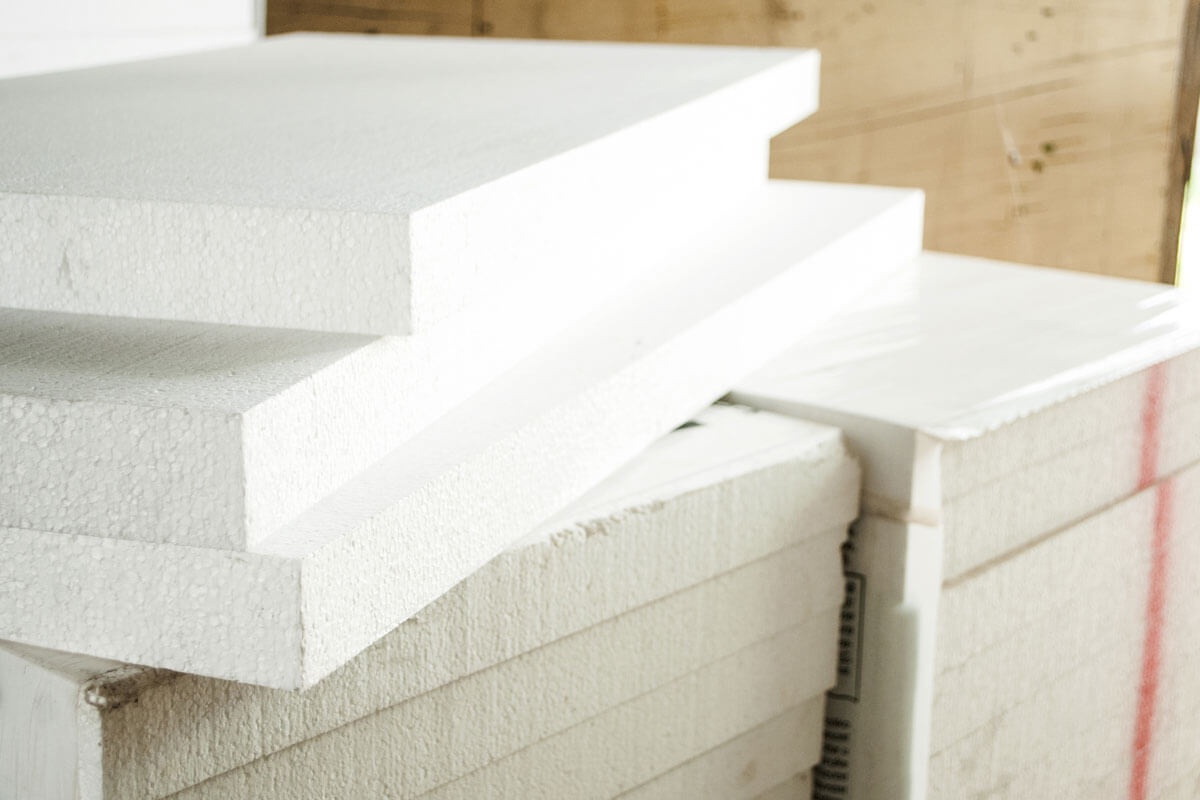
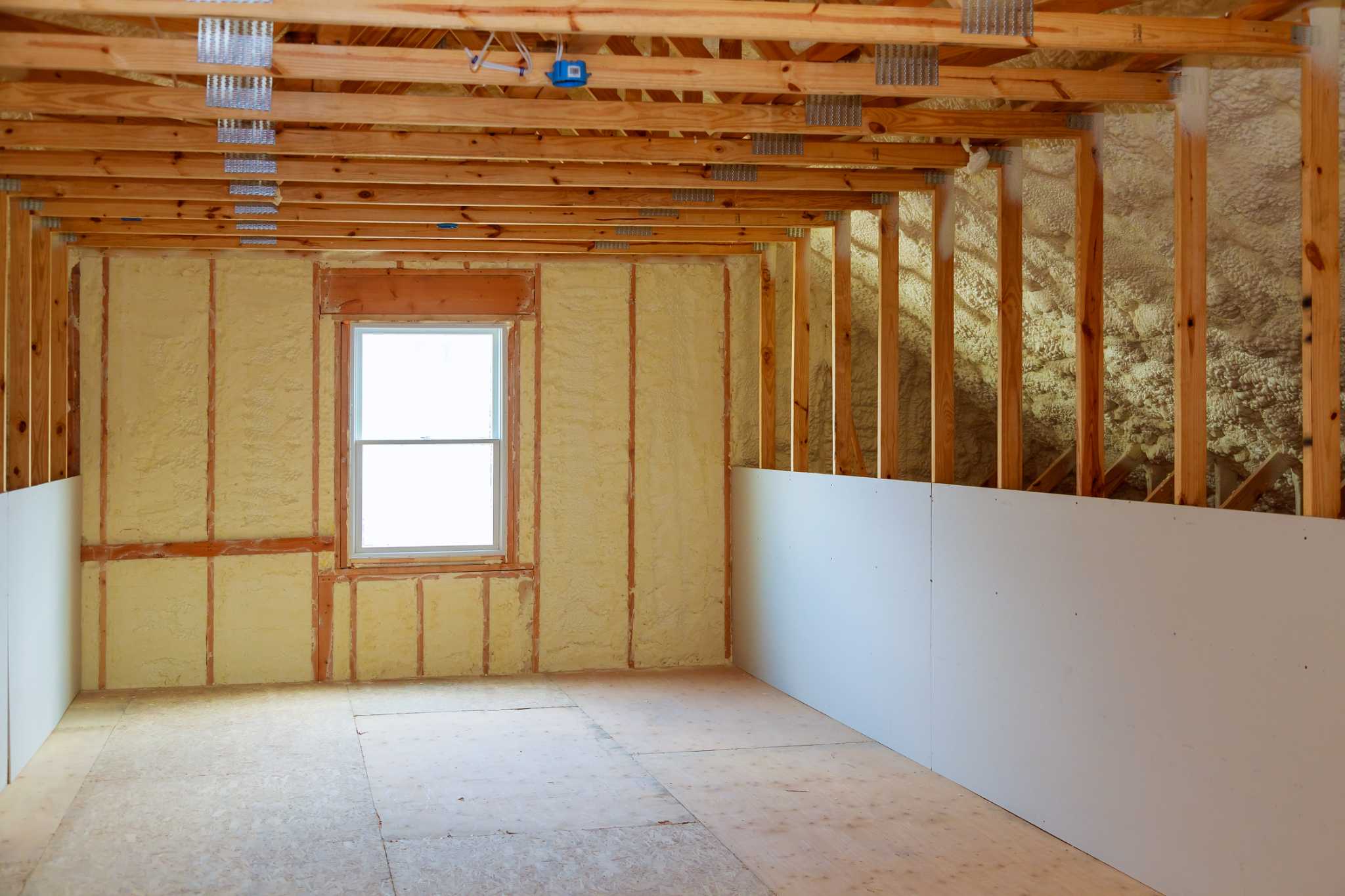
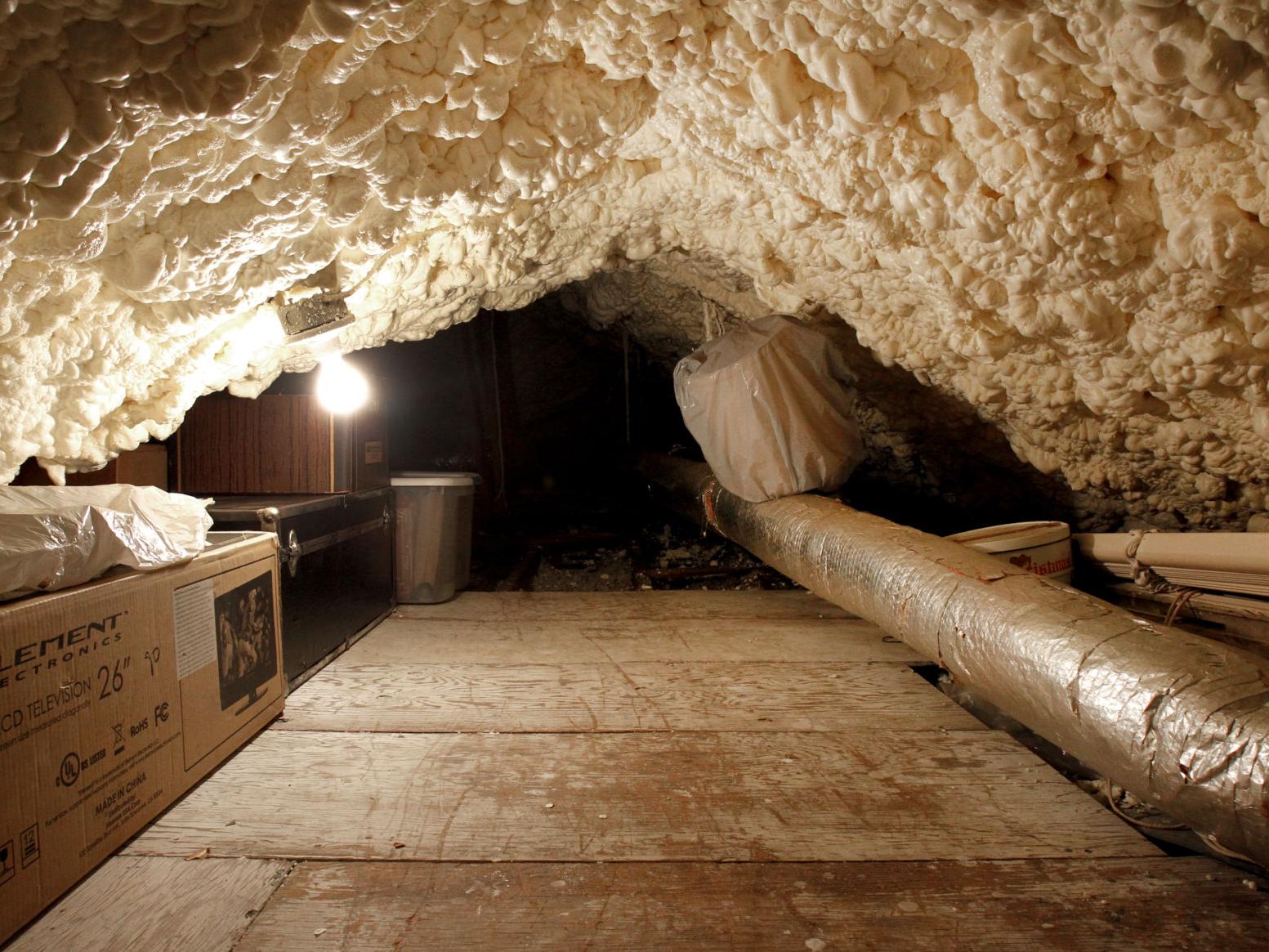
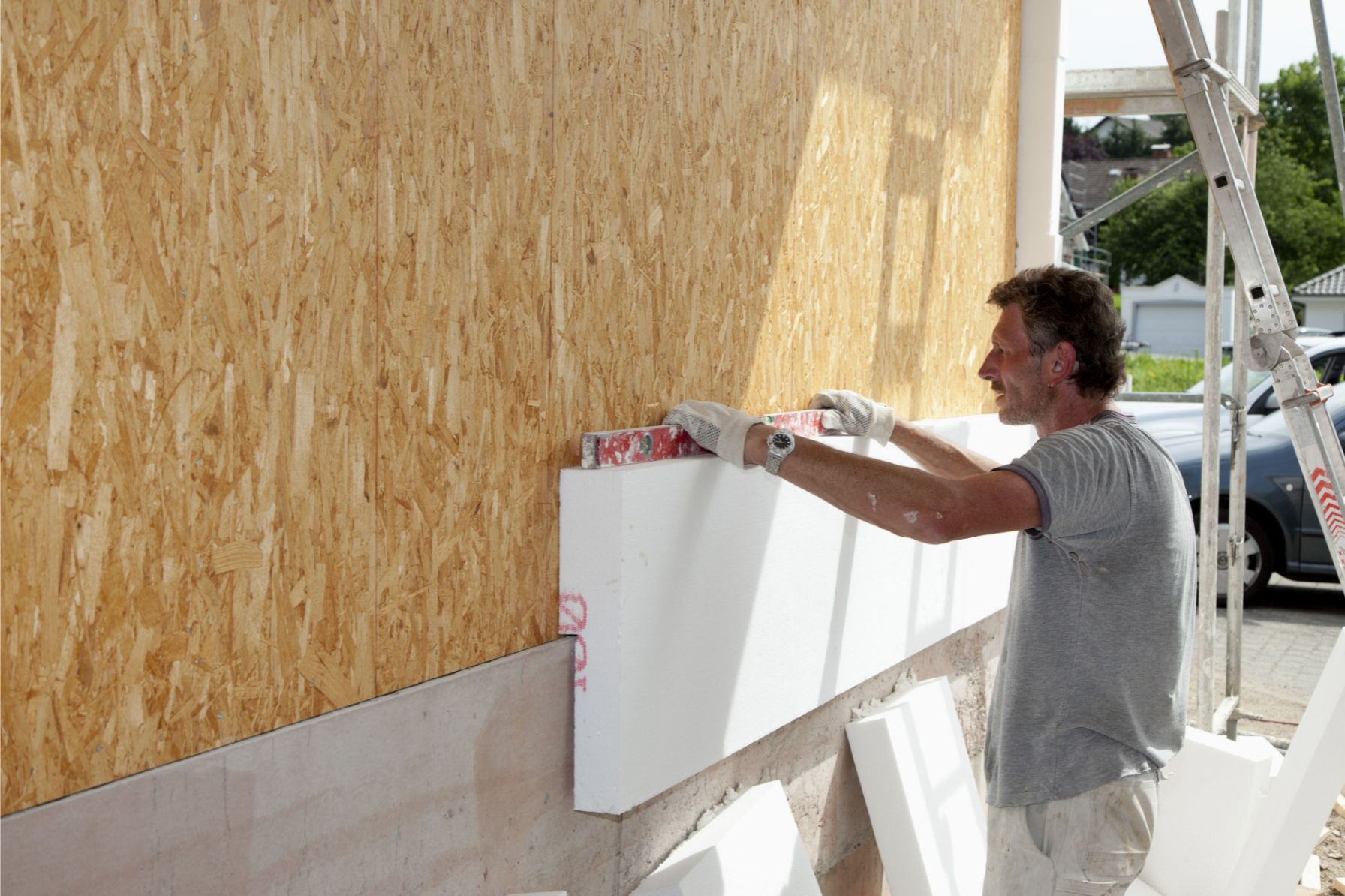
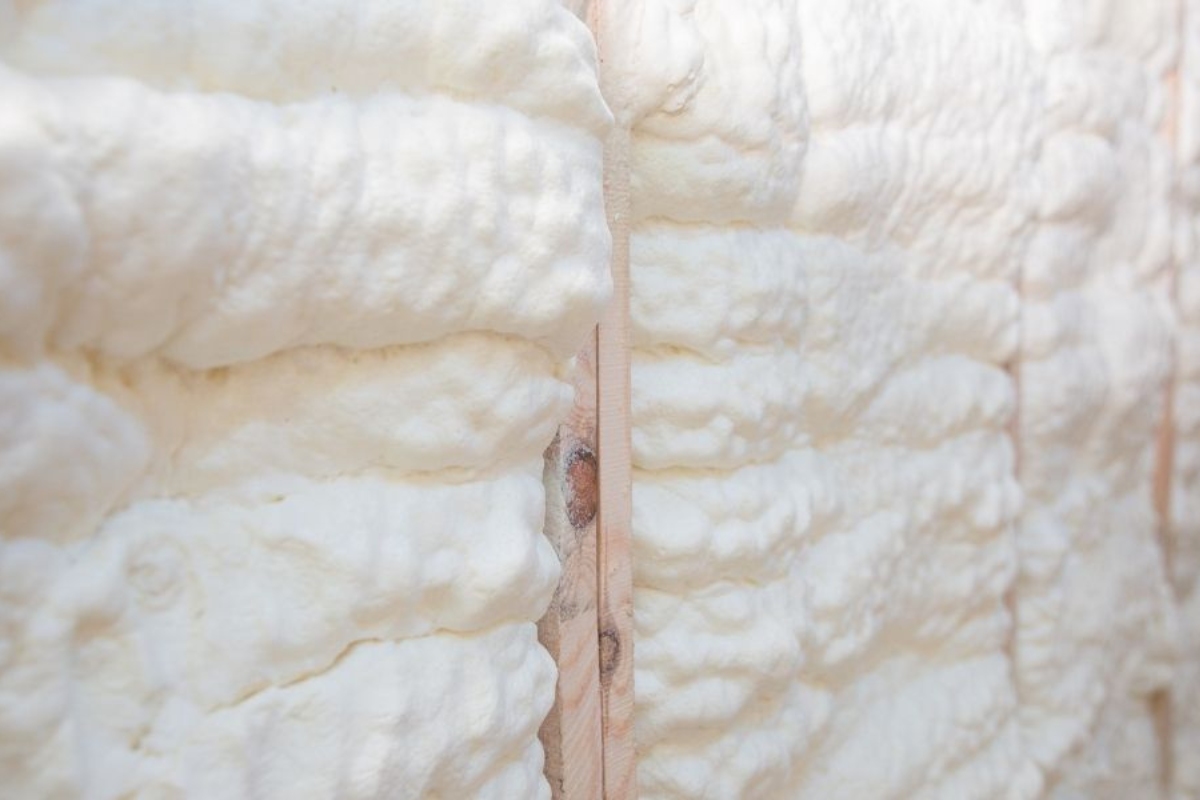
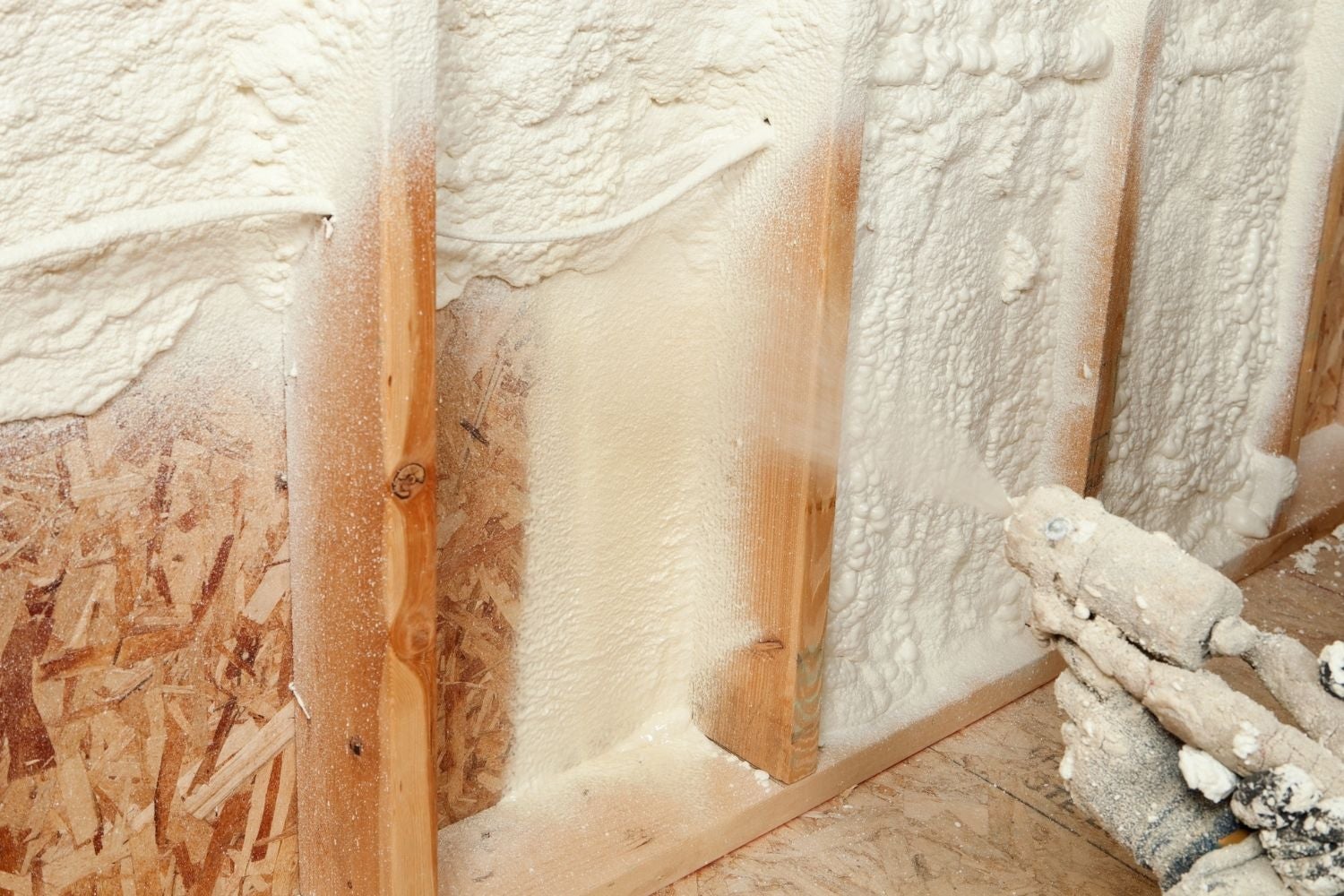
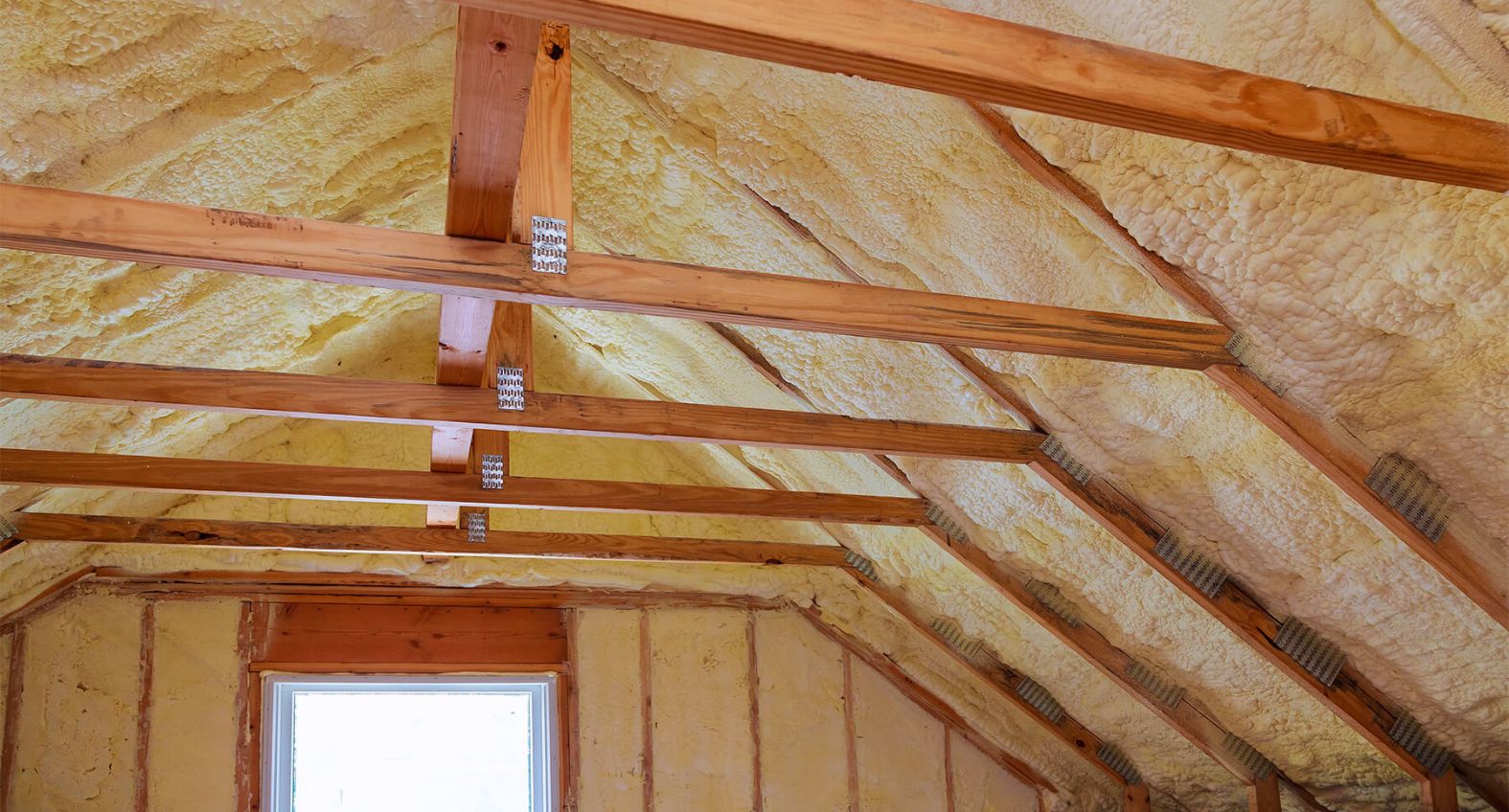

0 thoughts on “How To Install Foam Insulation Board”